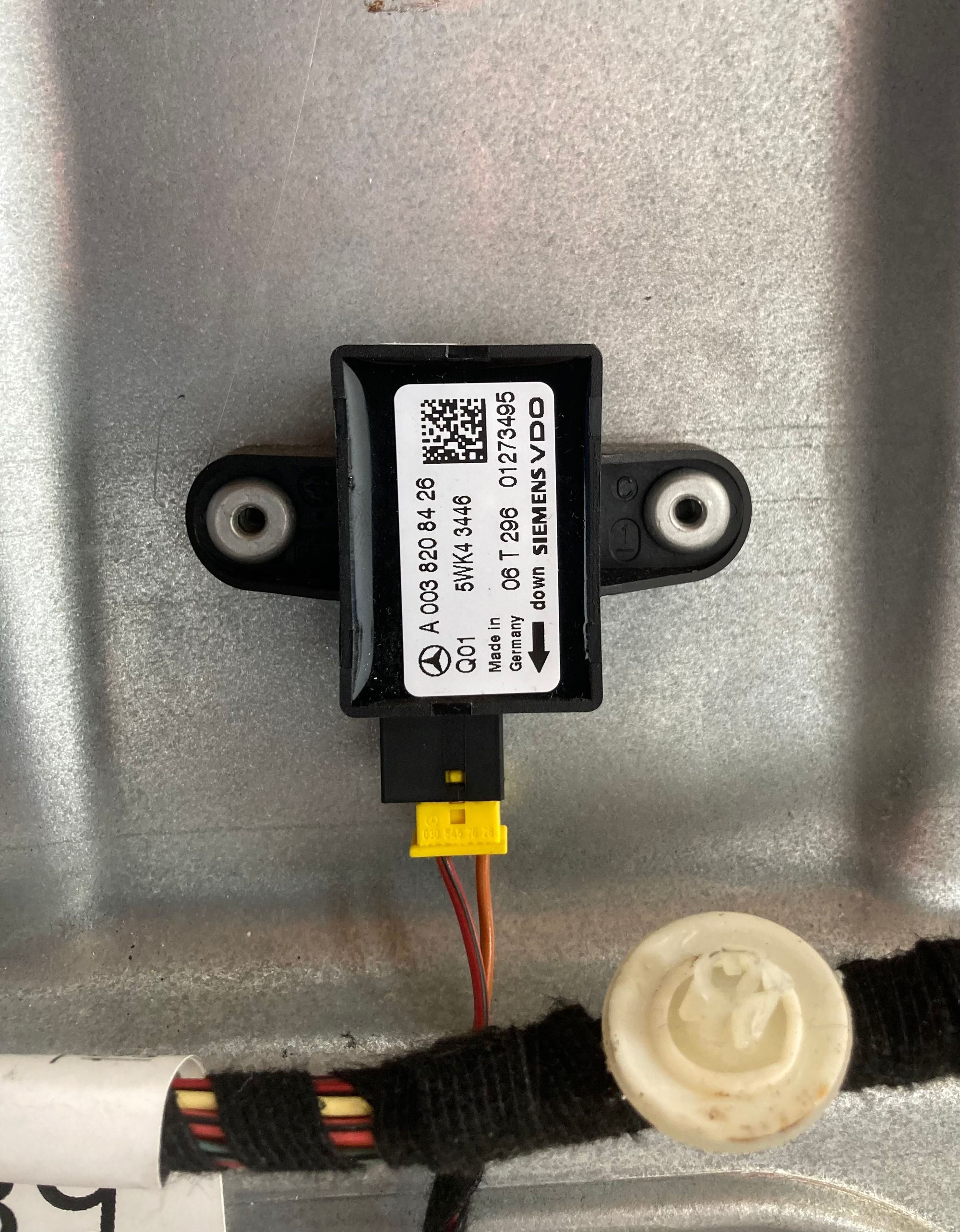Your Car Needs an Expert!
When it comes to cars, you need to seek out experts.

You need an expert's expert for your car. Seriously. I like to consider myself pretty ok at car stuff, but yesterday I had my mind blown. My mom drives an ’07 Mercedes Benz ML320 CDI and if I’m honest, that damn car is one of the best Mercedes I’ve ever driven. It’s got great diesel torque, gets great fuel economy, it’s comfortable, and is reliable to boot. But in recent years the passenger side front door has had a rust spot growing. It’s wasn't visible. Unless you opened the door and looked up along the bottom edge towards the hinge. No big deal, right? If you’re from New England, you know that this can be a fairly common thing on any car. But on my mom’s ML this is a potential safety hazard and it blows my mind.

Mercedes Benz has a reputation as one of the safest cars on the road; they actively push the envelope of technology to help make their cars safer. (And probably pad their profits…but I digress.) In 1992, all Mercedes Benz vehicles came with a drivers side airbag as standard equipment. By 1994, Mercedes has dual front airbags across the board. Very impressive! In 1998 the W220 Mercedes S-Class debuted with standard side impact airbags, which eventually worked their way across the entire lineup. Including my mom’s trusty ML320.
What does a rusty door have to do with a side impact airbag? Get ready, it’s wild…But first a bit of a run down on airbag sensors! Every airbag needs something to trigger it. Duh. So manufacturers strategically place impact sensors all over their cars, ready for catastrophe to strike and act with a millisecond’s notice. The most common way to skin this cat is a small, metallic mass inside the sensor itself. During a crash, that chunk of metal dislodges, making an electrical contact that sends a signal to fire an airbag. Boom. My mom’s side impact airbag operates on a different theory, air pressure. In a side impact, the air pressure inside a door will sky rocket as the door collapses like a beer can under your foot. That spike in pressure closes a circuit in the sensor, telling the car to fire the airbag. I suspect our friends in Stuttgart did this in an effort to make the sensor faster to operate and to lessen the chance of an airbag not firing during an awkwardly angled crash. Having a door perforated by rust gives air inside the door a place to vent through, potentially slowing an airbag's reaction time, or perhaps keeping it from firing at all.


While my mom's door was probably not at a dangerous level yet, why chance it? My dad remedied the whole situation by finding a virtually complete, rust-free door from a Mercedes salvage yard in the same color as my mom’s car. The whole thing cost less than a body shop would charge to patch the rust. Just hang the door, swap the interior door panel, and boom! Well, hopefully never...You know what I mean.
I’m not quite sure where how my dad came upon this tidbit of information, but I’m glad he did. It wouldn’t surprise me if my Mercedes Benz Elite Certified Technician/Former Olympian little brother had something to do with it. On a car from 2007, I'm sure many people would just let the rust keep doing its thing. Blissfully unaware. But the thing is not all impact sensors operate this way. This is why you need an expert. Hang on their every word! Ask them questions! This lesson is proof positive that something minor, something many well versed “general” mechanics would overlook, could jeopardize your safety. Heck, I worked at a Mercedes-Benz dealership, in 2007 no less, and had no clue that this could be a thing.
Now this is a thing that I know. And now it is a thing that you know.



Comments ()